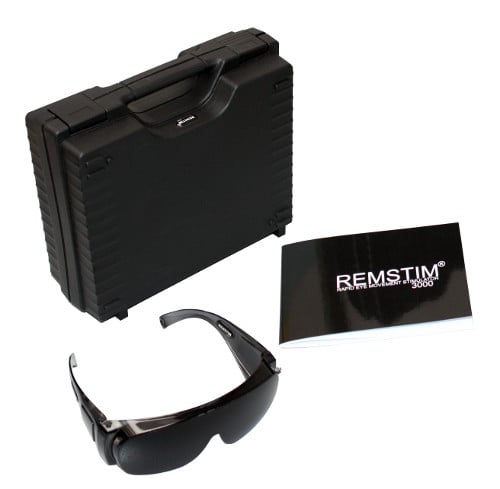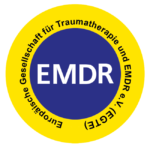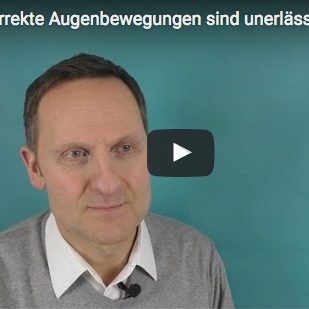Our sleep is divided into several phases, which alternate with each other during the night. In addition to the deep and light sleep phases, the so-called Rapid Eye Movement sleep is also of great importance – especially for our well-being. But what makes this sleep phase within the sleep cycle so special?
Rapid Eye Movement – the facts about REM sleep
The most typical feature of REM sleep is found in the name of this sleep stage itself. This is because REM stands for Rapid Eye Movement, which describes the rapid movements of the eyes under the eyelids. The REM sleep phase is characterized by slackening of the muscles, increased blood pressure and an increased pulse rate. REM sleep is accompanied by brain wave activity of 4 to 8 Hz – which is significantly more than during wakefulness. The body is thankfully in a kind of paralyzed state during REM to prevent the movements experienced in the dream from occurring in real life. The only exceptions are the eyes, which are controlled by special nerve fibers.

In contrast, during the non-rapid eye movement phase (NREM sleep or NON-REM sleep) – the counterpart to rapid eye movement – both blood pressure and body temperature decrease and the sleeper hardly dreams. A hypnogram (see Fig.1), which graphically displays a sleep profile of the sleep stages reached during the night’s rest, shows the duration and sequence of the individual phases of Rapid Eye Movement. According to the hypnogram, the phases of rapid eye movement sleep occur about 3 to 5 times during the night’s rest and follow the phases of deep sleep. Studies along with sleep profiles have shown that the first REM phase occurs about 2 to 3 hours after falling asleep and lasts only about 10 minutes. The analysis of the sleep cycle, on the other hand, showed that the second REM phase is about twice as long. Towards morning, the REM phase has lengths of about one hour. It is not uncommon for late sleepers to dream for up to two hours. If the sleep duration is 7 hours, half of the dream phases are in the last two hours. In adults, Rapid Eye Movement sleep occupies about 20 to 25% of total sleep time. Newborns even spend over 50% of their sleep in the REM phase. In younger sleepers, as well as with increasing age, awakening becomes more likely, especially at the end of a REM phase.
What happens during the REM phase
Dream activity can be detected at any stage of sleep. But their intensity differs, sometimes very significantly, in the individual phases. Experiments with subjects have shown that dreams are strongest during Rapid Eye Movement sleep. Thus, those who were awakened during REM sleep were able to remember their dreams very well. On the other hand, those who awoke during a non-REM phase (NREM sleep) had no memory of it. Rapid Eye Movement sleep is characterized by very intense brain activity, which is reminiscent of the waking state.
Historical background
The discovery of the REM phase was only about 50 years ago. In the past, scientists tended to assume that nothing would happen during sleep and that, consequently, there would be nothing to study. In 1953, sleep researcher Nathaniel Kleitmann and his doctoral student Eugene Aserinsky, together with a research team in a sleep laboratory, successfully disproved this view. Because this year, researchers discovered REM sleep. Since then, research has provided more and more information on how REM sleep affects our well-being[read more…].
Read more about Rapid Eye Movement Stimulation
Learn how we can self-coach for greater mental and emotional well-being while awake using Rapid Eye Movement Stimulation and what EMDR has to do with it.[read more…]






















